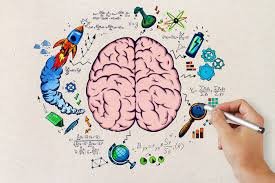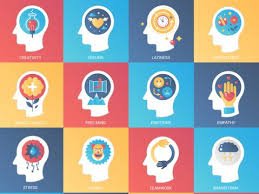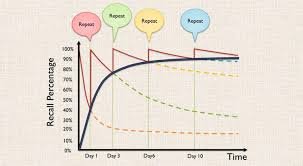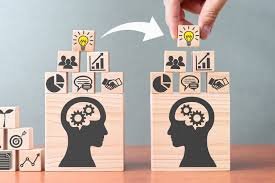“The Neuroscience of Learning: How Brain Science Can Revolutionize Classrooms”
Updated: 17 May 2025
Neuroscience OF Learning
The Neuroscience of Learning: How Brain Science Can Transform the Classroom Over the past few years, neuroscience has left the laboratory and entered the classroom, changing the way educational practitioners view students. It is unnecessary to emphasize again how everything about the brain – memory, attention, emotion, and motivation – works. It may now be a salient time to focus on one question: what would we do to transform education?
A wonderful way to approach studying the brain is to understand the processes involved; hence: “Learning Processes.” To streamline understanding, let us work with some figurative and literal definitions so as to appreciate learning: ‘Learning is action performed. Action itself is a series of processes, which lead to some definite outcome’. We propose to understand learning at different levels: Biological learning, Psychological Learning, Sociological learning, and Technological Learning.

Neuroscience has uncovered several findings that are pertinent to education and pedagogy:
1.Emotion Drives Learning
The amygdala greatly affects how the information is stored as the center of emotions. When a student feels safe, cherished, connected – in an emotional way – they will get motivated to learn. Unlike positive emotional connection, stress and anxiety are very impedimentary in learning as they trigger fight/flight response.
In terms of pedagogy and instructions what this means: Culturally responsive teaching can be supportive in emotionally safe environments while promoting healthy relationships and empathy, positive regard and claiming’ helps us socially creating hoped for change can produce marvelous results in students.

2.The Power of Attention and Focus
Attention is a limited resource. Neuroscience confirms that the human brain can only devote its concentration onto one thing at a time. Trying to multitask results in shoddy processing and suboptimal retention of new information.
What does this mean for classrooms?: Teachers should create lesson plans that incorporate clean content free of distractions. Through active participation strategies such as discussion with classmates, physical movement, and inquiry tasks, student focus can be retained.

3.Sleep and Memory Consolidation
Sleep is the state between being awake and asleep; it is the phase during which the brain strengthens learning by consolidating new things that have been learned. According to research, pupils that receive sufficient sleep significantly outperform their colleagues on tasks requiring memory recall and problem-solving.
What does this mean for classrooms?: For one, schools should enlighten students and their parents about the importance of sleep, and implement initiatives that promote healthy sleeping patterns, like starting school later for adolescents.

4.Growth Mindset Is Rooted in Neuroscience
A growth mindset signifies the enhancement of intelligence and is synched with the concept of neuroplasticity. Neuroplasticity is the capacity of the brain to reorganize its structure based on learning and experience. When students realize that effort translates to brain growth, they transform into more resilient and motivated learners.
Implications for Classes: Teaching students the processes of how the brain works can clear up misunderstandings and motivate perseverance. Feedback should focus on strategies, effort, and progress rather than static attributes such as intelligence.

Crafted Neuroscience Action Plans
For education to undergo a transformation, neuroscience cannot inform only pieces of instruction; it should influence curriculum construction, assessment design, faculty development, and the overall culture of the school. Below are a few scientifically proven strategies that can transform our approach to education:

Spaced repetition:
Learning that is spaced out is much easier to remember than cramming information in a short time.
Retrieval practice: Having students recall information, such as through quizzes or summarizing, strengthens the memory pathways.

Multisensory learning:
Understanding and retention can be improved by appealing to multiple senses.

Metacognition:
When students are taught to think about their own thinking, they learn to be more self-aware and independent.
Another Value Adding Change For Teachers
Bringing neuroscience into the classroom does not mean a total change of direction; there is a need to connect teaching with the natural ways in which the brain learns. With the new discoveries about the brain, there is an unprecedented chance for educators to design more effective and kinder learning environments.
The next innovative approach to education is not solely in newly developed technologies, but rather a shift in understanding the greatest educational instrument of all: the brain.
Would you like to learn how to implement brain-based learning strategies in your school or classroom? If so, contact us or sign up for our newsletter for research-based strategies and insights.


